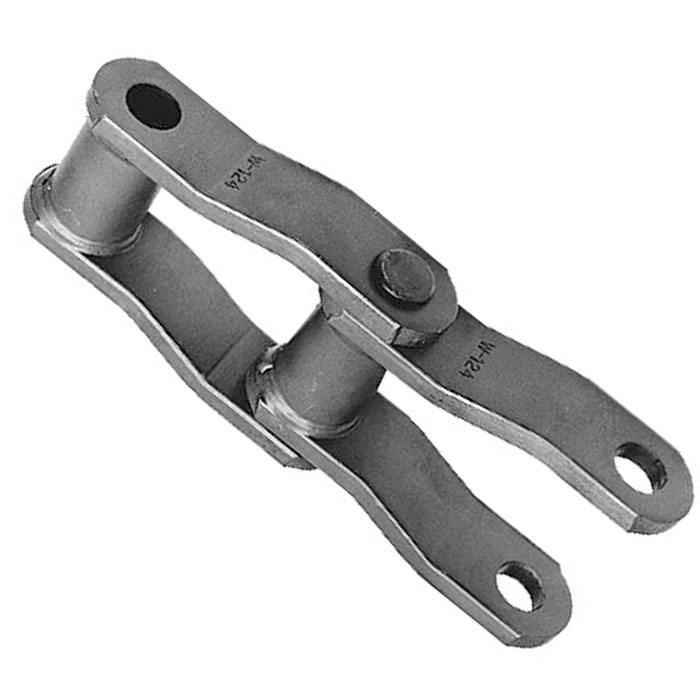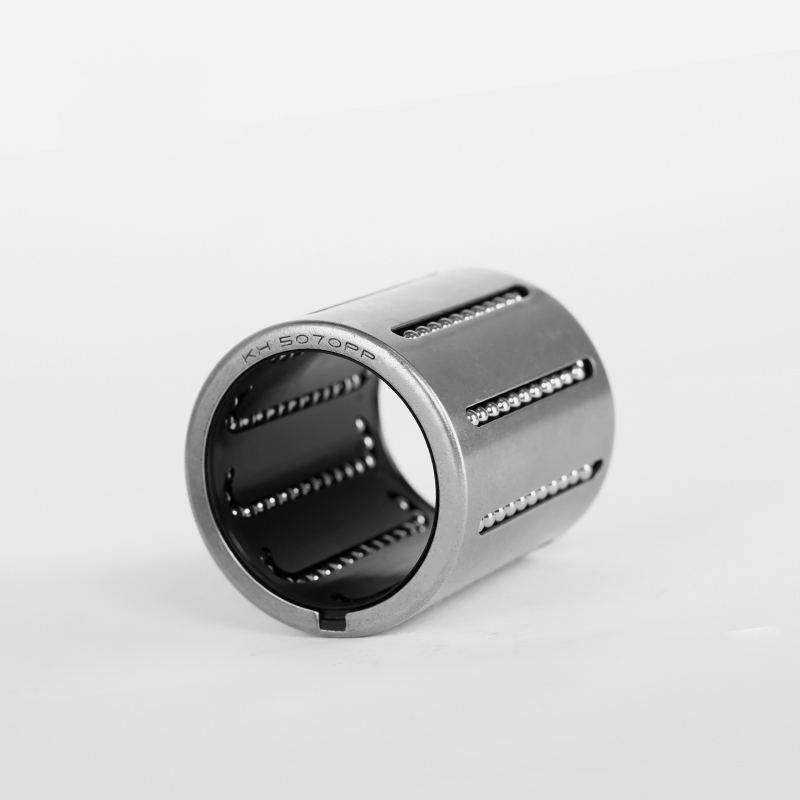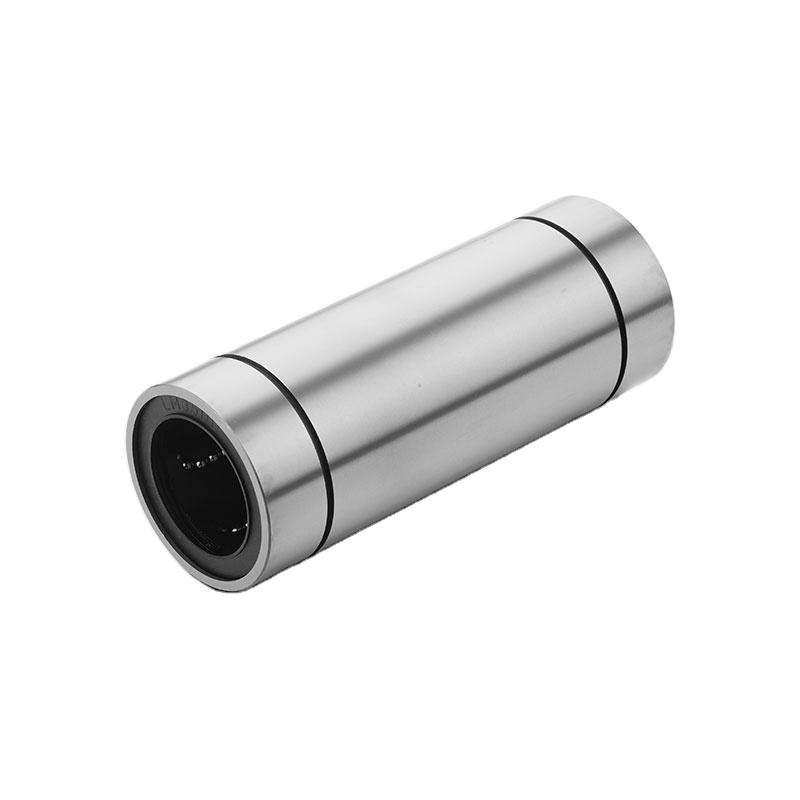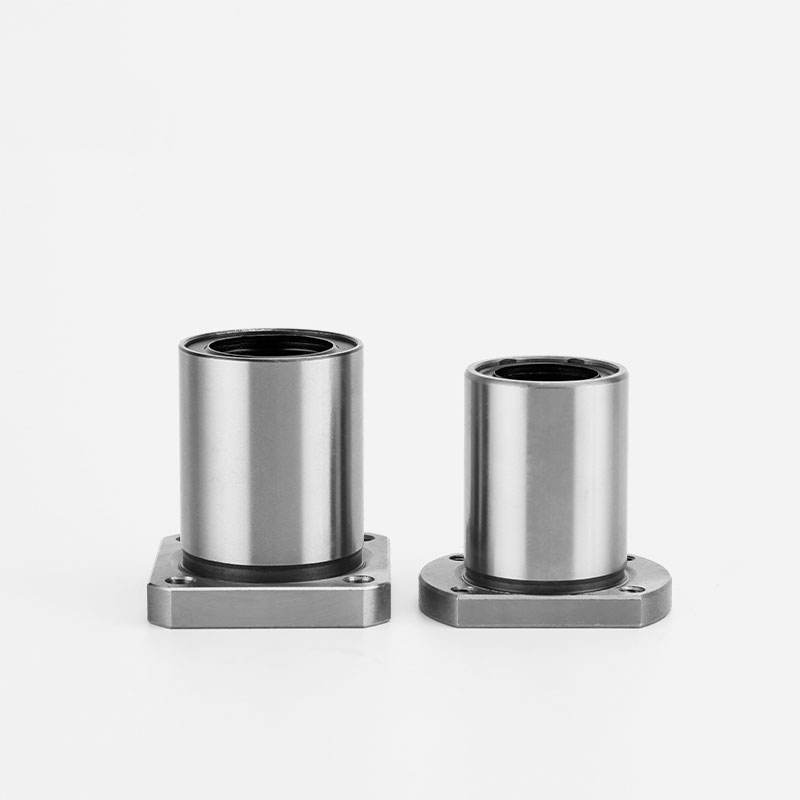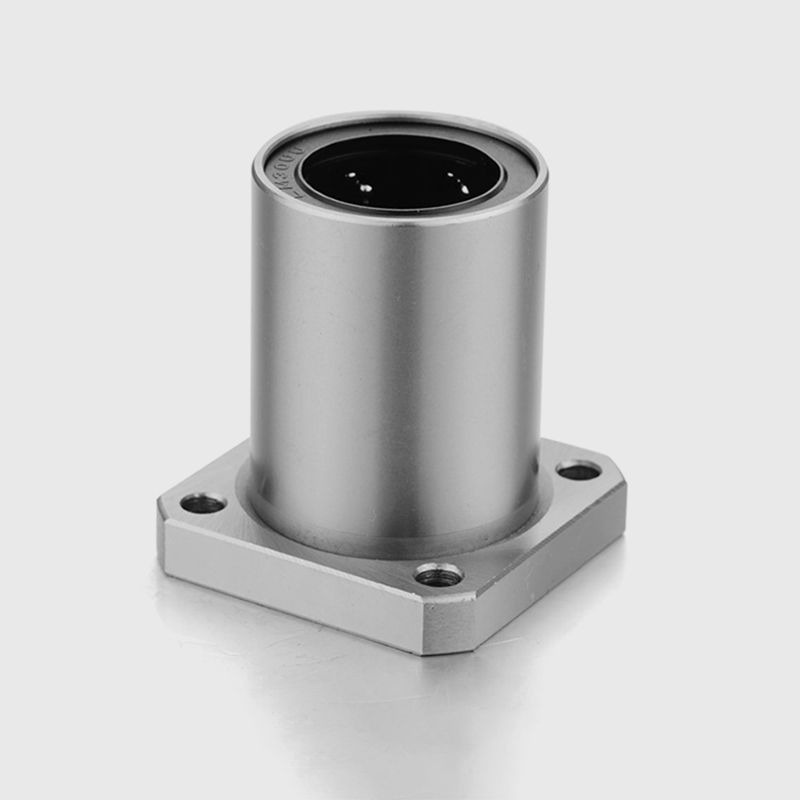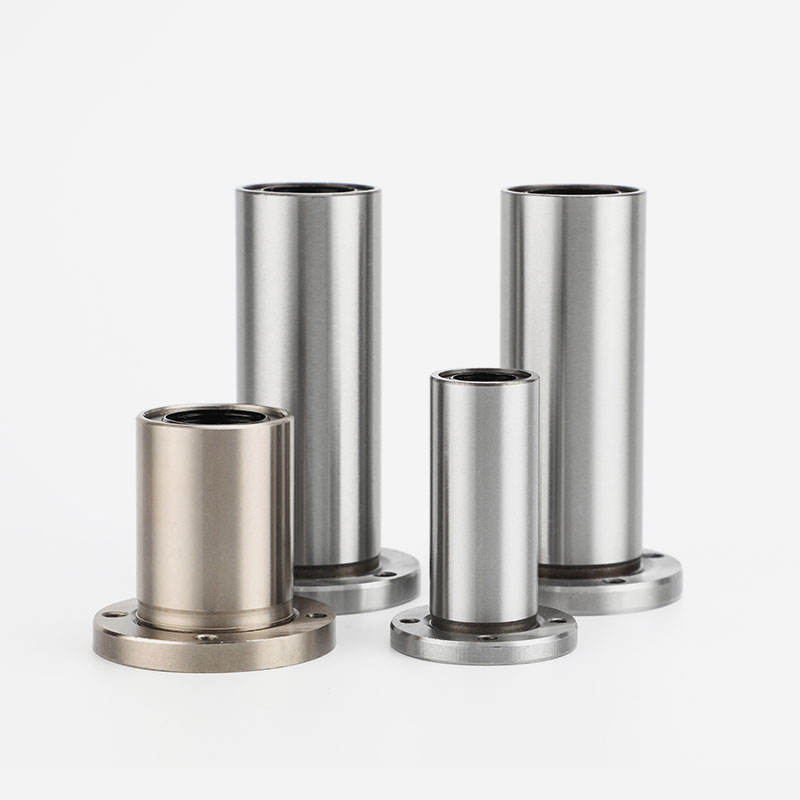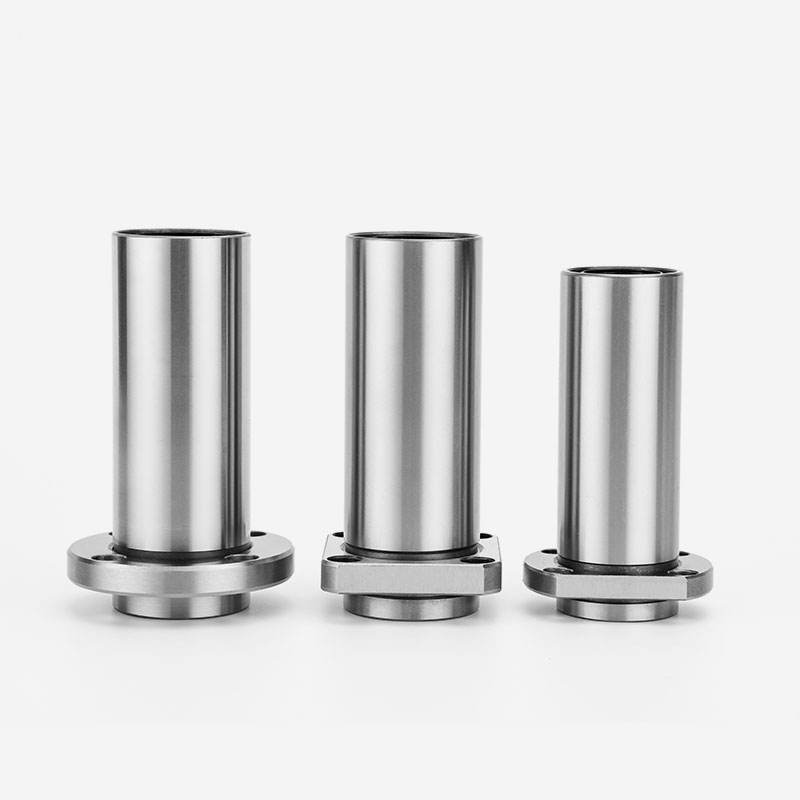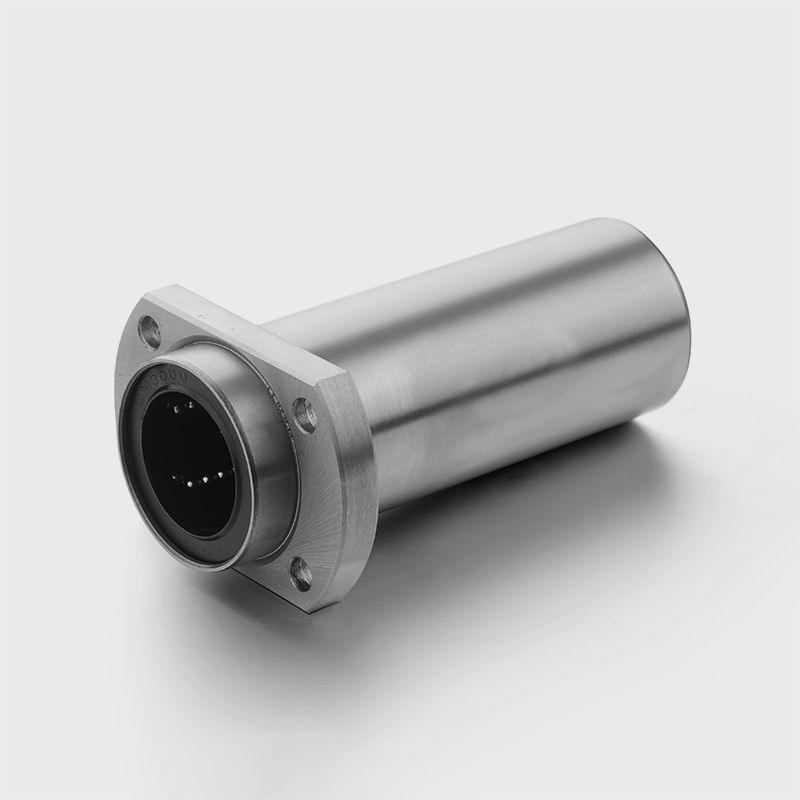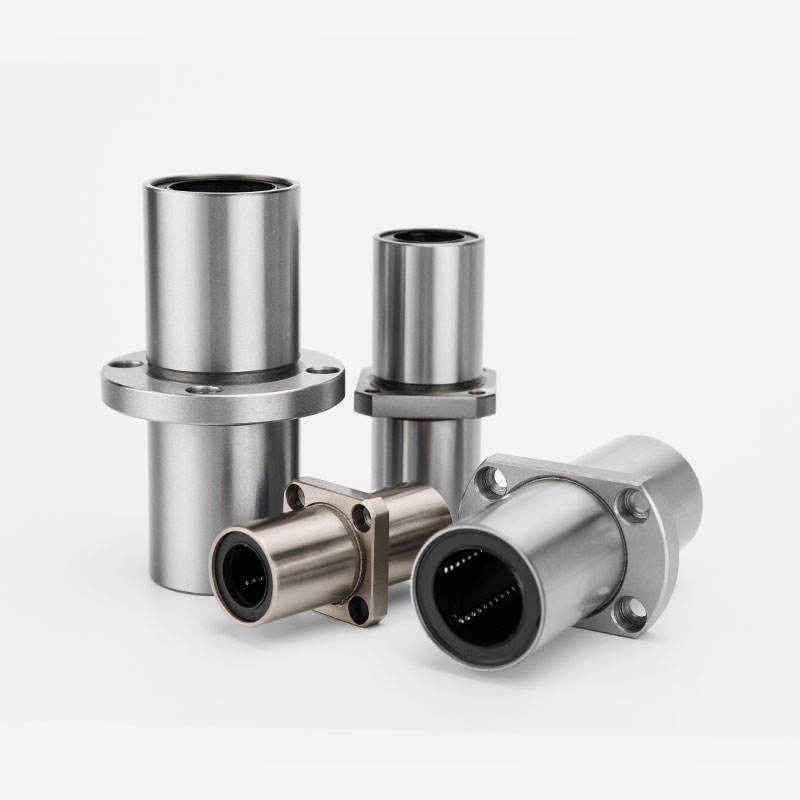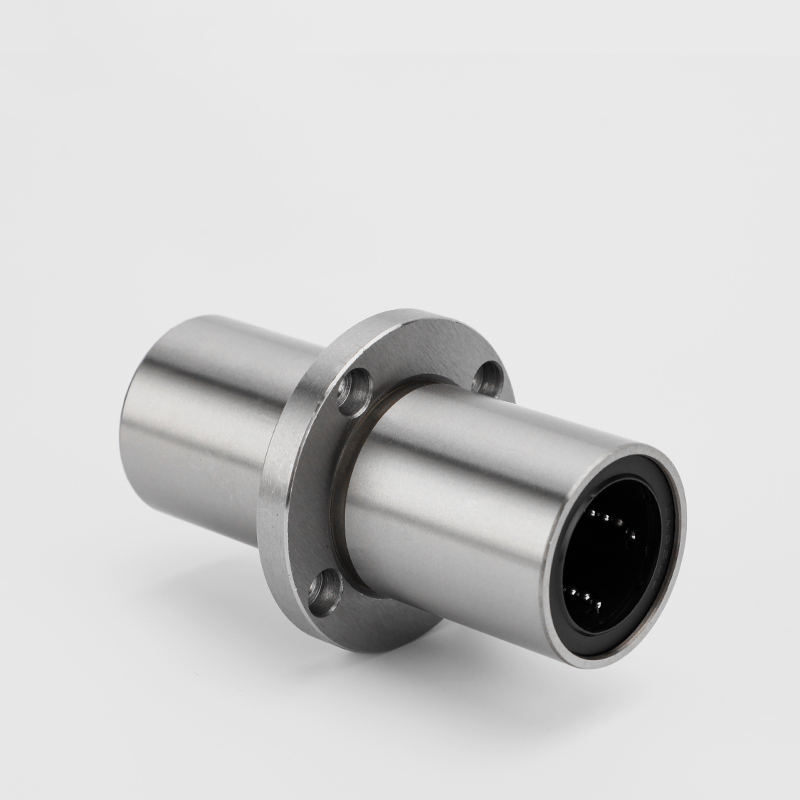Bushings are indispensable components in mechanical and electrical systems, designed to reduce friction, absorb vibrations, and provide insulation. They serve as protective sleeves or liners, often used in machinery, automotive applications, and power systems to enhance durability and performance. Made from various materials such as bronze, rubber, or composite polymers, bushings cater to diverse industrial needs, ensuring smooth operation and longevity of equipment.
Our bushings are engineered to meet high standards, with detailed specifications outlined below for clarity and precision.
| Parameter | Description | Typical Values |
|---|---|---|
| Inner Diameter (ID) | The internal measurement of the bushing hole | 5mm to 200mm |
| Outer Diameter (OD) | The external measurement of the bushing | 10mm to 250mm |
| Length | Axial dimension of the bushing | 10mm to 300mm |
| Load Capacity | Maximum weight or force the bushing can support | Up to 5000 N |
| Temperature Range | Operating temperature limits | -40°C to 200°C |
| Hardness | Material hardness measured on scales like Shore A or Rockwell | 50 Shore A to 100 HRB |
Bushings are versatile and used across various industries. In automotive systems, they are critical for suspension and engine mounts, reducing noise and vibration. In industrial machinery, bushings facilitate precise movement in pivots and linkages. Electrical applications include insulating bushings in transformers and switchgear to prevent electrical faults. Additionally, they are employed in consumer products like appliances and furniture for smooth operation and safety.
What is the primary function of a bushing?
Bushings primarily reduce friction between moving parts, absorb vibrations, and provide insulation in mechanical and electrical systems, enhancing efficiency and lifespan.
How do I choose the right bushing material?
Select material based on application: bronze for high loads and heat, rubber for vibration damping, polymer for electrical insulation, and steel for extreme durability. Consider factors like environment, load, and temperature.
Can bushings be customized for specific needs?
Yes, bushings can be custom-made in terms of dimensions, material composition, and performance characteristics to meet unique industrial or automotive requirements.
What maintenance do bushings require?
Maintenance varies by material; lubricated bushings need periodic oiling, while self-lubricating types require minimal upkeep. Regular inspections for wear and tear are recommended.
Are bushings and bearings the same thing?
No, bushings are a type of bearing but are simpler, sleeve-like components without rolling elements, used for lower-speed applications where simplicity and cost are factors.
How do environmental factors affect bushing performance?
Extreme temperatures, moisture, chemicals, and UV exposure can degrade materials. Choosing bushings with appropriate resistance ratings ensures longevity in harsh conditions.
What are the signs of bushing failure?
Common signs include increased noise, excessive vibration, visible wear or cracks, and reduced performance in the system. Timely replacement prevents further damage.
Can bushings be used in high-speed applications?
While bushings are generally for lower speeds, specialized designs with advanced materials can handle higher speeds, but roller bearings are often preferred for very high-speed scenarios.
How are bushings installed and removed?
Installation typically involves pressing or hammering into place with proper tools, while removal may require pullers or drills for worn bushings. Always follow manufacturer guidelines.
Do bushings come with warranties?
Many manufacturers offer warranties based on material and application, covering defects and premature failure under normal use conditions. Check product documentation for details.
